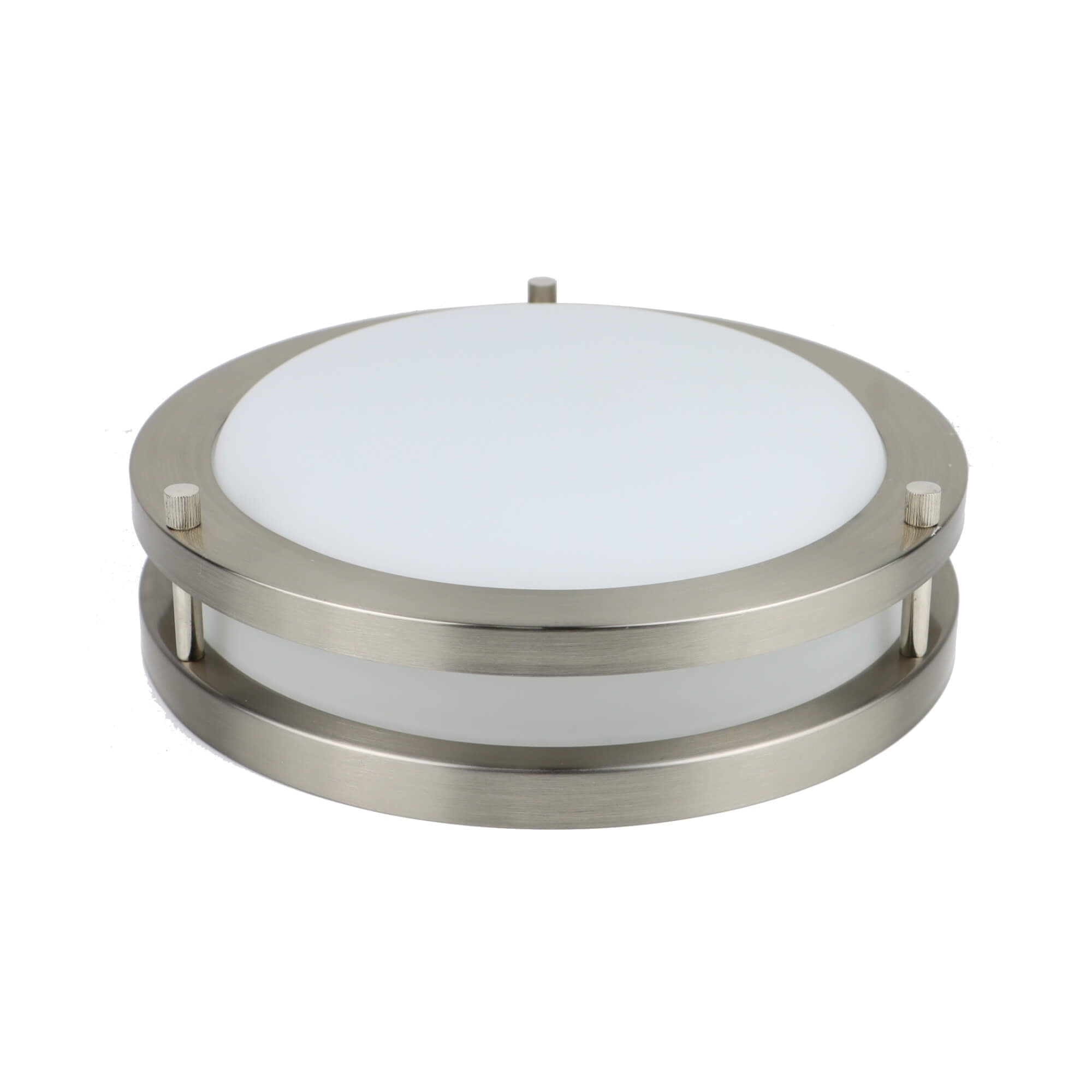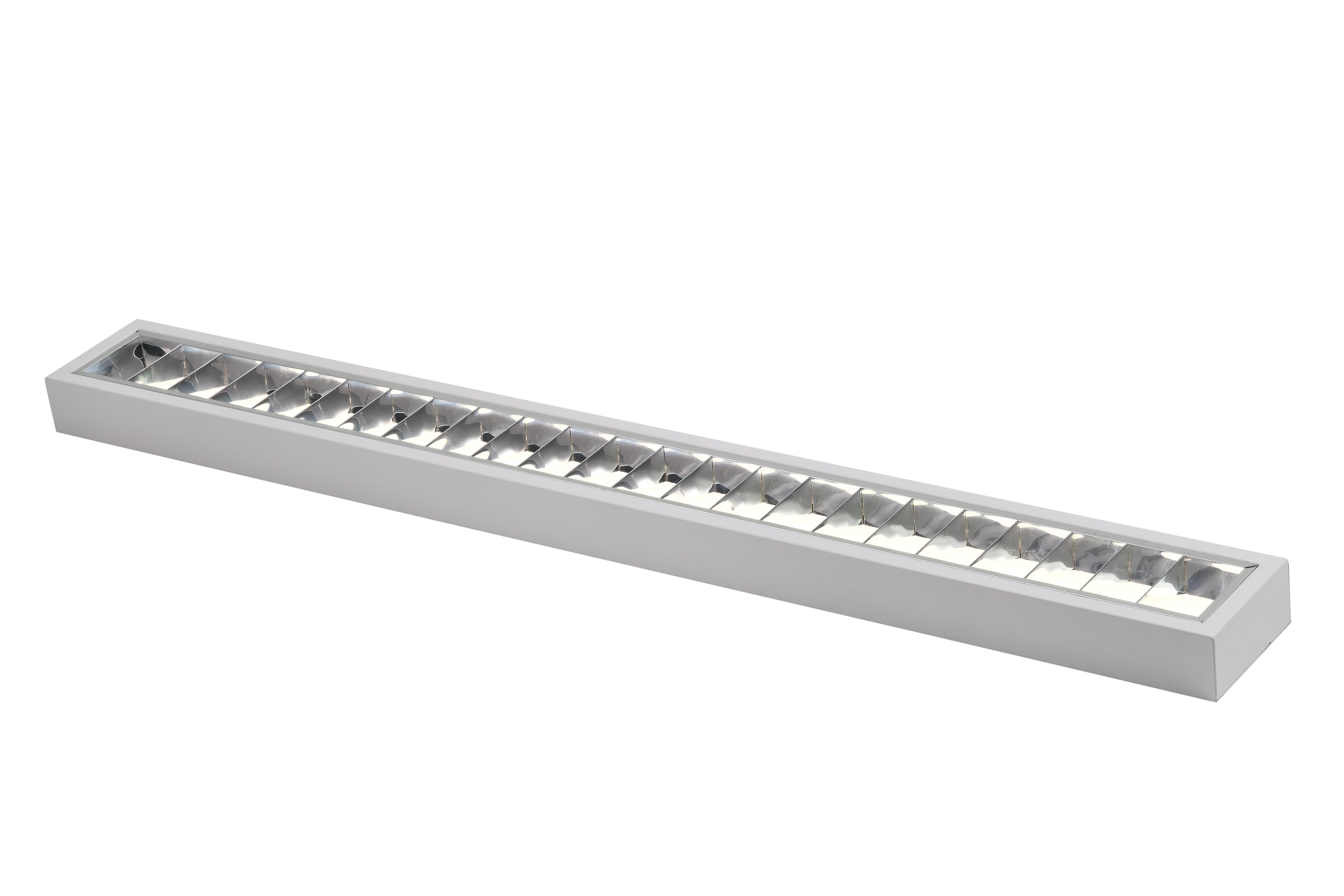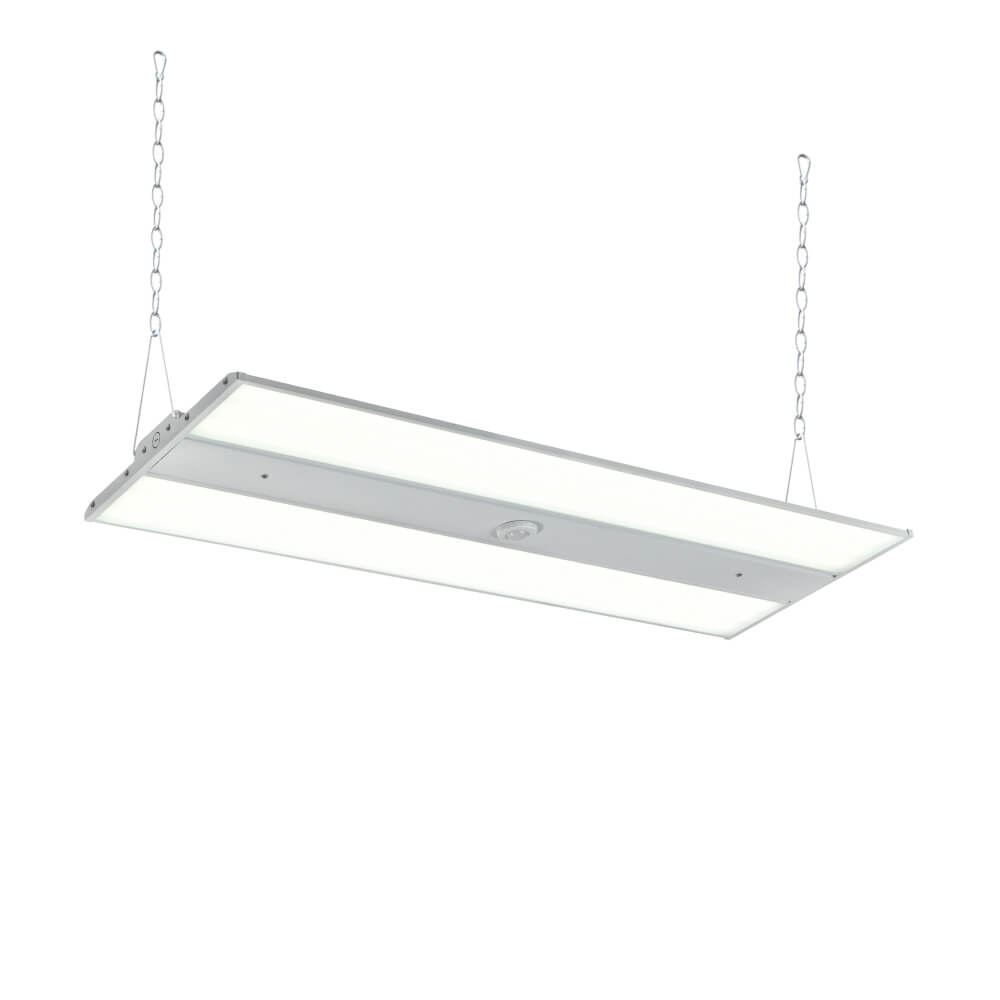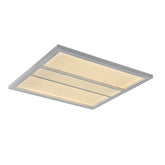What is a TRIAC Dimmer and How Does it Work?
The dimming or brightening of the lights alone may mean all the difference in changing the atmosphere in every room. Lighting controls are necessary in both residential and commercial settings, having a direct impact on our mood, productivity, and health. Adjustable lighting forms a critical pillar for creating that cozy living room atmosphere or setting up an efficient office. TRIAC dimmers come into play right here. This is one component that makes light level adjustments easy and provides comfort, along with the potential of energy savings. Knowing more about TRIAC dimmers will help you improve the lighting at either your home or office.
What Dimming Is and Why We Use It
Dimming refers to the act of reducing the brightness of a light source. This is a method of adjusting light levels for alternative activities at different times of the day or according to personal preference. The uses of dimming include creating atmosphere, reducing energy usage, minimizing eye stress, and even extending lamp life. For example, using more subtle lighting can set a better ambiance for dinner or entertainment; meanwhile, dimmed light consumes less electricity and thus saves energy bills. They also reduce glaring to the eyes in multiple situations. Most light sources have their lifetimes increased if they are not constantly run at full brightness.
Types of Dimming Technologies
Several methods exist for dimming lights. Each has its own strengths and applications:
-
Analog Dimming: This traditional method reduces voltage to the light source.
-
Digital Dimming: Uses digital signals to control light output, often in smart lighting systems.
-
Pulse Width Modulation (PWM): Rapidly switches the light on and off to create the illusion of dimming.
-
0-10V Dimming: Common in commercial settings, it uses a control voltage to adjust light levels.

How TRIAC Dimmers Compare to Other Methods
TRIAC, or Triode for Alternating Current, dimmers have rather different characteristics than other types of dimming technologies. They cut pieces of the AC waveform to reduce power to the light, and in doing so, are enormously efficient for incandescent and halogen lamps. Excellent for traditional bulbs, TRIAC dimmers may have special versions for LED and CFL lighting. They are less expensive than digital or PWM systems and so find broad application in the home sector. TRIAC dimmers are relatively easy to install and quite often replace existing switches without additional wiring. They normally provide smooth dimming from 100% down to about 10% brightness, adequate for most home applications.
How TRIAC Dimmers Work: The Basics
A TRIAC is the main part of many dimmers. It's a small electronic piece that acts like a fast switch. It can turn on and off many times each second. This quick switching is how TRIAC dimmers change light levels.
How TRIACs Control Electricity
TRIACs control the flow of electricity to your light bulbs. They turn the power on and off at certain times as the electricity flows. This happens so fast that you don't see the light flicker - it just looks dimmer.
Controlling Light with Timing
TRIAC dimmers use a method called phase control. Here's how it works:
The TRIAC waits a bit before letting electricity flow to the bulb. If it waits longer, less power reaches the bulb, making the light dimmer. If it barely waits, most of the power flows, making the light brighter.
When you turn the dimmer knob, you're changing how long the TRIAC waits.
Parts of a TRIAC Dimmer
A TRIAC dimmer has a few important parts:
-
The TRIAC switch
-
A knob or slider you can adjust
-
A helper switch called a diac
-
Other small parts to make everything work smoothly
These parts work together to let you adjust your lights smoothly. The knob sets how long to wait, and the other parts help manage heat and make sure the dimmer works well.
This smart way of controlling electricity helps TRIAC dimmers change light levels in your home or office easily and efficiently.

Four Benefits of TRIAC Dimmers
TRIAC dimmers offer several advantages that make them a popular choice for home and office lighting. Here's why many people choose TRIAC dimmers:
1. Works with Many Light Types
TRIAC dimmers can control various light sources. They work well with:
-
Traditional incandescent bulbs
-
Halogen lights
-
Some types of LED bulbs (when properly matched)
-
Certain dimmable CFL bulbs
This flexibility means you can often use TRIAC dimmers with your existing lights without needing to change everything.
2. Fine Control Over Lighting
TRIAC dimmers provide a dimming range from very dim to full power. It puts you in a position to create light exactly as it is required, be it for a movie, work, or dinner.
3. Saves Energy and Money
The more dimmed your lights are, the less electricity they will use. TRIAC dimmers are especially good at this. Once a light is dimmed, it uses less power, which can lower your electric bill. In this way, often, one does not need to replace the light as frequently since it lasts longer when dimmed.
4. Easy to Use and Install
Most TRIAC dimmers are relatively easy to operate; they feature a thumbwheel or slider that is easily moved back and forth. Installation for many is possible at the location of your current light switch with no new wiring required, and they are therefore a great option for do-it-yourself home improvements.
TRIAC Dimmers in Action: Advanced Concepts
1. The Firing Angle: Precision Dimming
While we've discussed that TRIACs control electricity flow, the concept of "firing angle" provides a more technical understanding. The firing angle is the exact point in each electrical cycle when the TRIAC activates. Early in the cycle means more light, later means less. This precise control allows for smooth, flicker-free dimming across a wide range of brightness levels.
2. Heat Management in Dimmers
An important aspect not covered earlier is heat management. TRIAC dimmers generate heat during operation, which needs to be addressed for safety and longevity. Modern TRIAC dimmers incorporate heat sinks, often in the form of metal plates or fins, to dissipate this heat. Some advanced models even include thermal protection, automatically reducing power or shutting off if temperatures get too high.
3. Performance Across Different Loads
TRIAC dimmers perform differently depending on the type and number of lights they're controlling. With incandescent bulbs, dimming is usually smooth and predictable. However, with LED or CFL bulbs, the performance can vary. Some LED bulbs may not dim as smoothly or may have a more limited dimming range.

Considerations When Using TRIAC Dimmers
1. TRIAC Dimmers and LED Lights
TRIAC dimmers were originally designed for incandescent bulbs, but they can work with LED lights too. However, not all LED bulbs are compatible with TRIAC dimmers. When using LEDs:
-
Choose LED bulbs labeled as "dimmable"
-
Look for LEDs specifically rated for use with TRIAC dimmers
-
Be prepared to experiment with different LED brands to find the best match
Sometimes, even compatible LEDs might not dim as smoothly as traditional bulbs. This is due to differences in how LEDs and incandescent bulbs use electricity.
2. Flickering and Buzzing
Two common issues with dimmers are flickering lights and buzzing sounds. Here's how to handle them:
-
Flickering: If your lights flicker, first check if you're using the right kind of bulbs. If the problem persists, you might need a dimmer designed for low-wattage loads.
-
Buzzing: A slight buzz is normal, but loud buzzing could mean your dimmer and bulbs aren't a good match. Try different bulbs or consider a specialized LED dimmer.
3. Load Requirements
Every dimmer has a maximum and minimum load it can handle. Using too many lights (overloading) or too few (underloading) can cause problems.
Check your dimmer's rating and make sure the total wattage of your bulbs falls within its range. For LED bulbs, pay attention to their "LED wattage equivalent" rather than their actual power draw.
4. Safety During Installation
Installing a dimmer involves working with electricity, which can be dangerous. Follow these safety steps:
-
Always turn off power at the circuit breaker before starting
-
Use a voltage tester to confirm the power is off
-
Follow all instructions that come with your dimmer
-
If you're unsure about any step, consult a professional electrician
It's better to be safe than to risk getting hurt trying to save money.
Light Up Your Space Wisely
TRIAC dimmers offer a smart way to control your lighting, save energy, and create the right atmosphere in your home or office. They work with many types of bulbs, are easy to use, and can help lower your electric bills. While they're great for most lighting needs, it's important to choose the right dimmer for your lights, especially if you're using LEDs. When installing a TRIAC dimmer, always put safety first. If you're not sure about the installation, it's best to ask a professional for help. By understanding how TRIAC dimmers work and using them correctly, you can enjoy better lighting control and a more comfortable environment.







